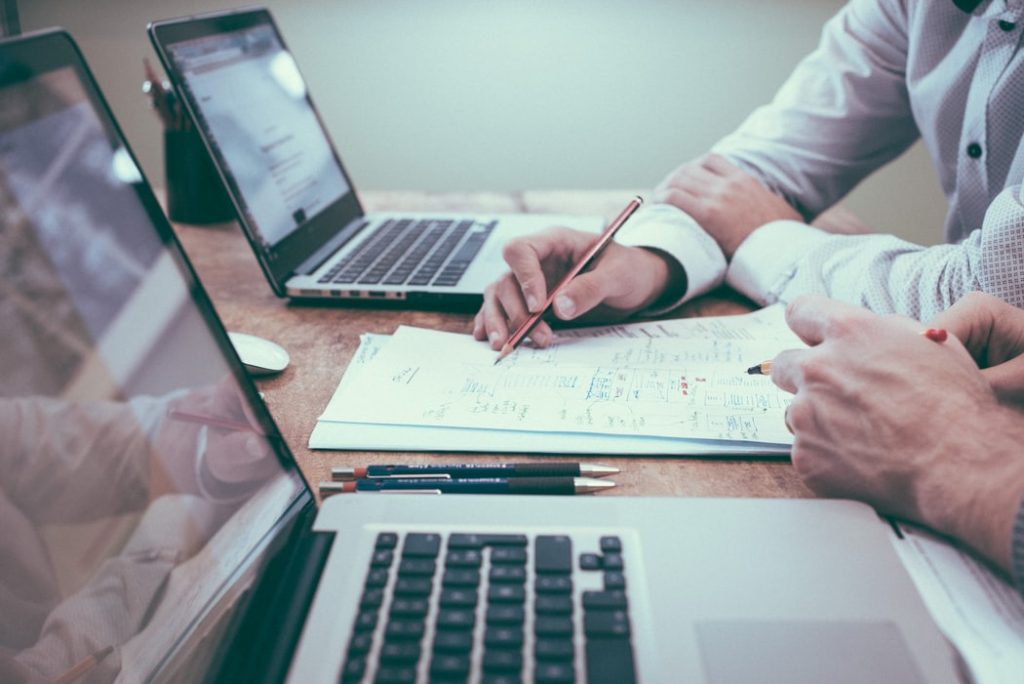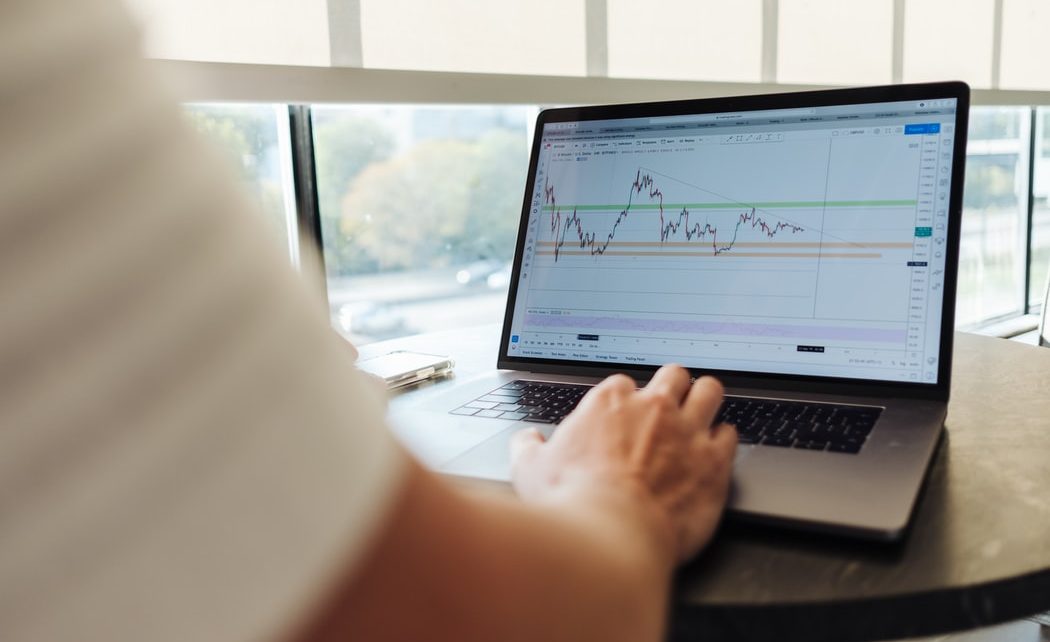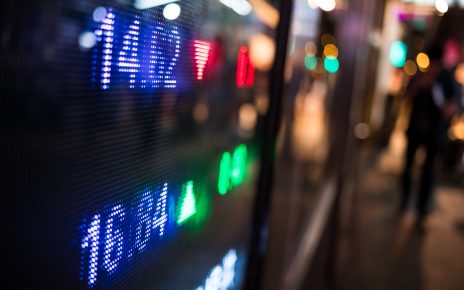While every trading strategy can be considered unique as it comes with the personal touch, they all boil down to two things. First, trading strategies are either profitable or result in losses. Second, whenever you trade, you assume a measure of risk that could lead to potential losses. But what if there was a way to control the risk and keep it at a minimum?
To develop an effective trading strategy, you need to be well-informed, have at least some experience as a trader, or partner up with expert traders. But, there is more to it. You should continually assess your trading strategy before you invest real money, and this is where backtesting your trading strategy plays an important role.
Let’s see what backtesting is and how to backtest your trading strategy successfully.
Backtesting: The Essentials

Backtesting is the best way to determine how well your trading strategy will perform. As you may have noticed, the word “backtesting” consists of two words, “back” and “test.” The “test” refers to the assessment part. The most important word here is “back,” which implies that you will be using historical data to evaluate the performance of your trading strategy and to determine how bad or well it would have performed within a specified period in the past. As you may know, there are countless variations of one strategy. Changing even one parameter changes the results significantly.
Backtesting will help you test a set of different parameters and enable you to choose the ones that could perform the best. It is a great way to determine the potential profitability (or the lack thereof) of different trading methods without using real money. The assumption is that if a specific trading strategy performed well in the past, the chances are that it may perform well in the future.
To do backtesting, you need a trading strategy with at least several parameters such as:
- Entry and exit point for winning trades
- Entry and exit point for losing trades
- Position size
- Conditions or trading setups which will trigger the execution of trades
- The time frame on which trade setups will be analyzed and executed
Backtesting can be either manual or automated. Manual backtesting is a tedious and time-consuming task as you need to analyze all the relevant past trades based on your strategies and evaluate the results all by yourself. On the other hand, automated backtesting involves using backtesting software to evaluate your trading strategy using historical data. You have to design a trading strategy with predefined rules and run it through the software to produce the final results. This process is relatively very fast and straightforward compared to manual backtesting.
Basic Backtesting Tips
Before you jump into the advanced backtesting strategies, it’s best to be familiar with the basics of backtesting. Two primary things are needed for backtesting, namely:
- A trading strategy
- Access to historical trading data
Historical data is a must-have as it contains all the valuable information on the price movement for the targeted financial instrument you want to backtest. It is included in the trading charts. Backtesting long-term and short-term trading strategies will require different sets of data.
For instance, you will need a few years of historical data for a long-term trading strategy, whereas a couple of weeks or months of historical data will suffice for a short-term trading strategy.
7 Steps to Backtest Your Trading Strategy
Whether you use a piece of software for backtesting your strategy or do it manually, you should follow the following seven steps to ensure you get the optimal results for your backtesting.
Step 1:
Identify and define all the parameters of your trading strategy, including all predefined rules.
Step 2:
Determine the timeframe and financial market you want to test your strategy on. You need to be very precise. For instance, depending on your system, you may need to focus on futures instruments, including equity indices such as the E-mini Nasdaq (NQ). As stated earlier, it will be necessary to focus only on a few months of historical data for short-term strategies.
Step 3:
Examine all the trade setups which meet your trading parameters within the timeframe that you have specified.
Step 4:
Identify the entry and exit signals in the price charts in line with your trading rules.
Step 5:
Calculate the gross returns for both winning and losing trades.
Step 6:
Deduct trading costs and commissions from the gross return to find the net return. It will tell you exactly how much money the trades generated or lost within the given timeframe.
Step 7:
Calculate the percentage return made during the entire period of the backtesting. You can easily do it by comparing the net return to the initial deposit amount in your backtesting account.
Now, since we covered the basics, let’s see what else you can do to make your backtesting strategy even more successful.
Best Practices to Increase the Success of your Backtesting

Regardless of how many parameters are in your trading strategy, you can perform backtesting to evaluate its potential performance. However, to be successful at it, you should follow the best practices. Here are the most important things to do to master backtesting:
- Always make sure to identify market trends – As the saying goes, the trend is your friend, so it is essential to develop and extensively test a trading model with well-defined parameters to identify the direction of these market trends. This will significantly improve your chances of having a robust and profitable trading strategy.
- Limit the backtesting to a specific market or financial instrument – It is better to consider testing a strategy on a particular market or instrument at a time. This will allow you to focus on all the essential details and gather as much data as you can regarding the strategy’s performance.
- Keep volatility low – One of the most important things you can do is pay attention to volatility measures. This measures the risk associated with your trading relative to the constant changes in the price of the instrument you are trading. The higher the volatility measure, the higher the risk exposure to your trading account. When you keep volatility low, you will be able to keep equity above the margin call point.
- Use advanced backtesting settings to get more accurate results – If the tools you are using enable you to input lot and tick sizes, interest rates, commission amounts, stop settings, slippage assumptions, and same-bar exit and position-sizing rules, feel free to use them. It will help you get highly accurate backtesting results and enable you to develop a robust trading strategy.
- Focus more on risk-adjusted returns, which take into account varying risk factors; this helps to measure the returns of your trading strategy against other investment vehicles. A good trading strategy will outperform the returns of other trading investment vehicles that it’s measured against.
Whether you are developing a simple or complex trading system, backtesting can help you identify the strengths and weaknesses of your trading strategy. In turn, this will allow you to optimize its performance. Both novice and savvy traders use backtesting to gain confidence in their trading strategy before venturing into real-time trading with real money.
OneUp Trader provides traders who have already gone through backtesting their trading strategy and have developed an effective trading method the unique opportunity to undergo an evaluation process with the sole aim of becoming fully funded traders. Learn more about how OneUp Trader’s process works.





